
Home
Mission
Overview of Project
Project Staff
Sponsors
Achievements
Checking, Illustrations
Upcoming Activities
Id and Species Lists
Protea Information
Protea Gallery
Growing Proteas
Interim Dist. Maps
Publications
Afrikaanse Inligting
![]()
Type Locality of Ld globosum desecrated
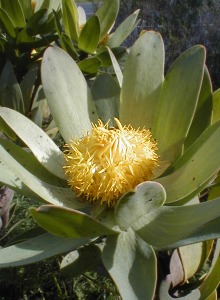
 It was on the 10 December 2001 that
I was driving along the N2 in the Western Cape, Grabouw and near the Palmiet River, when I
noticed that the site of the endangered Globose Conebush - Leucadendron
globosum had been hacked, or so I thought. I was in a rush and didn't have time
to stop and investigate. However, on my return to Cape Town I happened to be speaking to
Mark Johns of the Kogelberg Biosphere, who confirmed that the plants had gone.
It was on the 10 December 2001 that
I was driving along the N2 in the Western Cape, Grabouw and near the Palmiet River, when I
noticed that the site of the endangered Globose Conebush - Leucadendron
globosum had been hacked, or so I thought. I was in a rush and didn't have time
to stop and investigate. However, on my return to Cape Town I happened to be speaking to
Mark Johns of the Kogelberg Biosphere, who confirmed that the plants had gone.
Leucadendron globosum made the mistake of liking the shaley and loamy soils of the Elgin Valley and Grabouw which makes for excellent apple orchards. Much of its habitat has therefore succumbed to the plough and only 75 plants approximately are known to exist today. Its only redeeming factor is that it also likes steep south facing slopes, some of which are too steep for apple orchards and perhaps this is why the plant has not been totally wiped out.
So, on 27 December 2001 I thought that I would go and check the site and have a look to see just what happened. I knew that there were 4 plants up until about 3 years ago when a female plant died. I knew that there were 3 plants in October, 2001 when Tony Rebelo atlassed the plants and I photographed a beautiful flowering male Leucadendron globosum plant shown here. Little did we know that this plant was soon to get clobbered.
It looked as though all large plants growing on the road verge had been sprayed with a herbicide. Some of the bigger plants such as alien Acacia had been hacked as well. Two Leucadendron globosum plants had died but neither had been hacked. These were perfectly healthy plants less than two months ago. One plant has fortunately survived at this site.
This site is the type locality of Leucadendron globosum so its desecration makes this saga all the more sad. The clearing was presumably made to protect the nearby pine plantation which is owned by SAPPEX. Who messed up the site in December 2001? I am lead to believe that it was the National Roads Board who is attempting to protect a pine plantation from fire but in the process, is killing off an endangered species of protea.
Equally sad is the fact that many other indigenous plants are suffering a similar fate, partly due to the new Fire act, which requires fire breaks to be cleared on property edges.
Have a look at More about Leucadendron globosum.
27 December 2001
Nigel Forshaw
One of the dead Leucadendron globosum plants
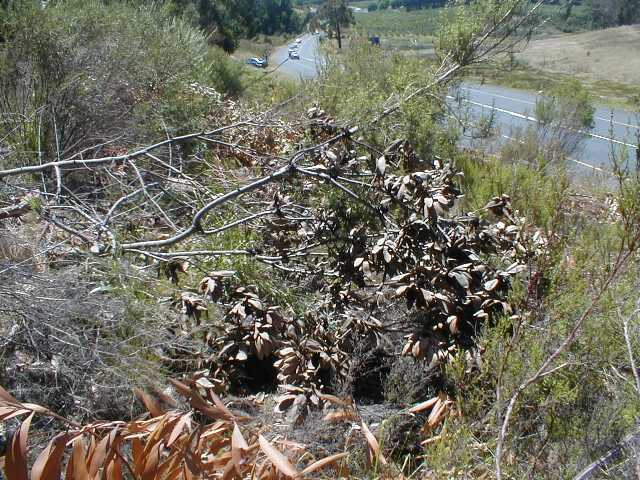
The type locality of Leucadendron globosum at the Palmiet River on the N2
Did these plants succumb to a herbicide?
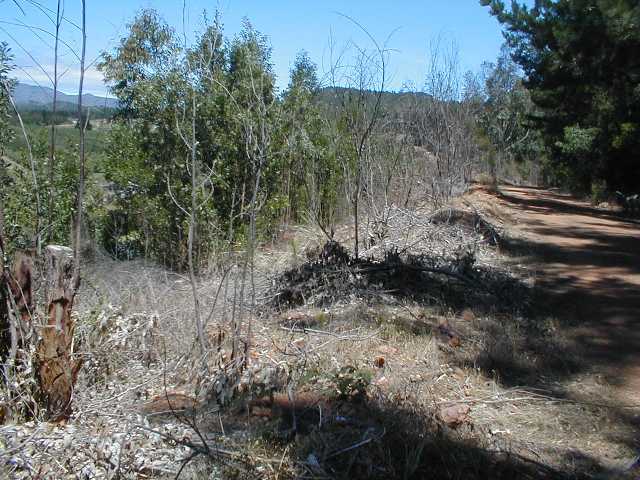
This clearing was presumably made to create a firebreak to protect the the pine forest
Natalie, Andrew and Mark looking at the desecration of the type locality for Leucadendron globosum
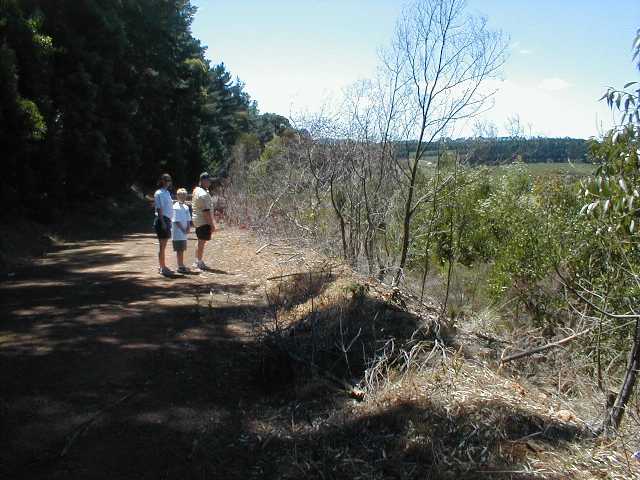
The hacked Leucadendron globosum site
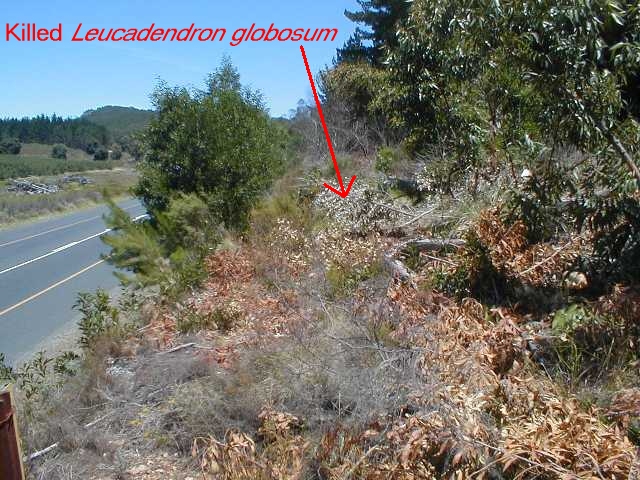
This silhouetted Leucadendron globosum plant died a few years ago
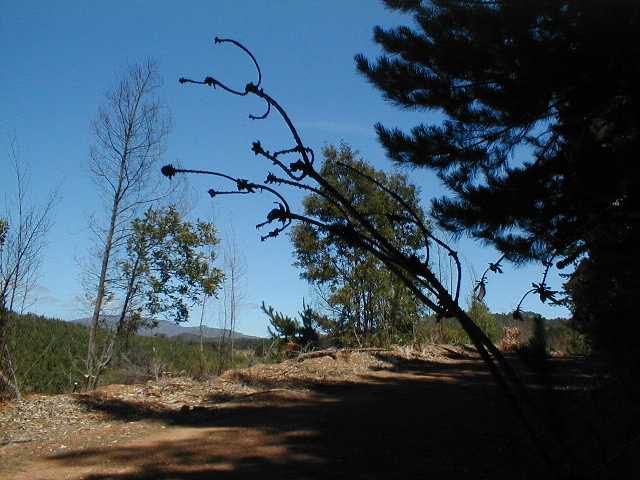
The only Leucadendron globosum plant to survive
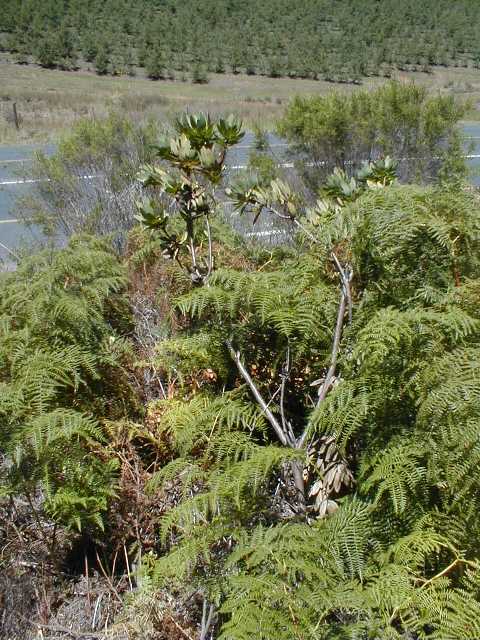
Back PAN 53